Exploring California Gold Country, Part I
As a native San Franciscan, I sheepishly admit I haven’t explored much of California Gold Country.
I vaguely remember playing at panning for gold once as a child somewhere in the vicinity, but beyond that, Sacramento, Amador and El Dorado counties have largely been seen from the freeway on the way to somewhere else.
Thanks to the tourism bureaus in Folsom, El Dorado, Amador and Sacramento, I finally had a chance to see that area up-close, when I was invited as their guest over three days late last year to taste, explore and experience.
Here are highlights from that trip, which I hope will inspire you to get to know that region better, too.
Karen’s Bakery & Cafe in Folsom
Karen’s Bakery & Cafe is reason enough alone to stop in Folsom.
Karen Holmes opened this wonderful bakery in 2000, which has become so popular that you’ll almost always find a line to get outside, especially since it’s located near popular hiking and biking trails that bring famished weekend warriors right to her door for plum galettes, fig scones, and Tebirkes (a tradtiional almond paste danish).
Holmes is a former school teacher, whose mother took her family to Europe regularly, especially to its fine patisseries. As a teacher she baked banana bread for PTA events that became such a sensation that colleagues encouraged her to open a bakery.
A talent for baking and cooking obviously runs in the family as her son, Duncan Holmes is the chef de cuisine at San Francisco’s Sons & Daughters. In fact, in his teenage years, he’d ride his bike over to his mom’s bakery to help wash dishes after school before going home to hunker down to his homework. Both mother and son are self-taught.
Or as Karen Holmes likes to put it: “We both went to the school of hard knocks.”
All that work paid off, as this is a perfect spot for a great bite. The pastries are perfect. But don’t pass up the sunny side-up-egg-topped corned beef hash ($12.50) made with house-cured corned beef, fingerling potatoes, apples, celery root and onions — all in a sublime beer-mustard sauce. It’s one of the best corned beef hash dishes you’ll ever have.
Two Farms to Explore
At Pine ‘O’ Mine Ranch in Placerville, you can wind your way through the orchard to pick apples for $1 a pound at what was once a Christmas tree farm.
Owner Paul Dozier will send you out with a bag to pick after instructing you that the best way to pluck an apple off a branch is to turn it gently — rather than pulling or yanking it — until it comes loose.
Or visit in June-July, when you can pick five types of blueberries at $5 per pound. Who even knew there were so many varieties?
If you miss that window, he also sells frozen blueberries for $6 per pound the rest of the year.
At Smokey Ridge Ranch also in Placerville, you’ll find a much larger selection of apples — 17 varieties to be exact — but not for picking, only for purchasing at the farm store there, which also stocks farm-made preserves, mustards and fruit galettes.
The fourth-generation family farm was bought in 1920 by the grandfather of Kirk Taylor, who now helps oversee it. Back then, pears were the main crop in El Dorado County. But after a pear blight in the 1950s, farms started looking at other crops to grow, such as apples.
Nowadays, there’s one additional crop that makes this farm especially worth visiting: chestnuts. It’s the only crop the farm allows visitors to pick. And it couldn’t be easier. The spiky-shelled chestnuts fall to the ground when they are ripe. So all you need do is scoop them up into a bag. They’re priced at $4 per pound. Time it right, as they’re around only from late September to November.
A chestnut this fresh is a revelation — crunchy almost like a harder water chestnut. You can practically eat them raw.
For more substantial fare, peruse the pates and sausages in a refrigerator case at the farm store.
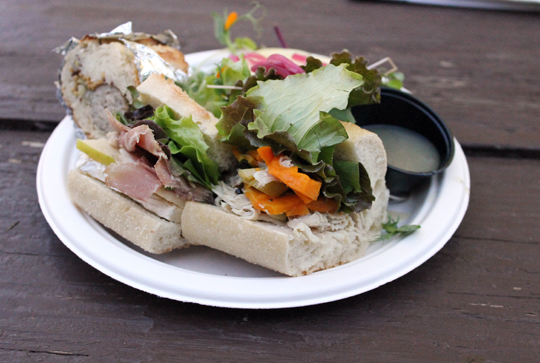
A sandwich sampler from Smokey Ridge Charcuterie’s stand: turkey & pumpkin; ham and cheese with apple; and sausage.
They’re made by Smokey Ridge Charcuterie, started by Taylor’s niece and nephew. If you make it to the farm from Labor Day to Nov. 3, you’ll find them running a food stand on the farm, where you can enjoy juicy grilled sausage sandwiches for lunch. It doesn’t get better than that.
Gekkeikan Sake
Gekkeikan Sake’s only production plant outside of Japan is in Folsom for one reason — the water.
The water from nearby Folsom Lake is similar to that in Kyoto with its low mineral levels, which results in a smooth sake.
California Calrose medium-grain rice is polished to remove 30 to 50 percent of its surface area, before being steeped, steamed and mixed with koji (fungi-innoculated rice), yeast and water to begin the month-long fermentation process. The solids are then separated from the liquid, which is the resulting sake.
At Gekkeikan in Folsom, workers go through an astounding 20,000 pounds of that rice a day to produce 24,000 bottles daily.
You can learn all this for yourself on a self-guided tour at the facility that’s surrounded by a tranquil Japanese garden and koi pond.
Afterward, visit the tasting room to sample for yourself. It’s free for up to five tastes. Enjoy the Haiku, a quite dry sake with hints of apple and pear, or the fun Zipang, a sparkling sake that’s imported from Japan.
Kennedy Tailing Wheels Park
Step back into history at Kennedy Trailing Wheels Park in the town of Jackson in Amador County, once a gold mining site in 1848.
In fact, the Kennedy mine was the deepest gold mine in North America in 1942, plummeting more than a mile below the ground.
A series of 68-foot-diameter wheels, protected by steel sheds, were constructed to convey the mine silt (also know as tailing) 24-7 to a basin a mile away.
With the advent of World War II, the U.S. government shut down the mine. The sheds were picked apart to sell for scrap metal, leaving the wheels exposed to the elements.
That is until the city of Jackson, decided to save one of them in 2011. With government grants and private fund-raising to the tune of $800,000, the city managed to construct a shelter to protect the wheel, create a small park and put up an educational kiosk.
Today, you can view the massive wheel through the soaring glass-paned windows and imagine a time when gold was king.

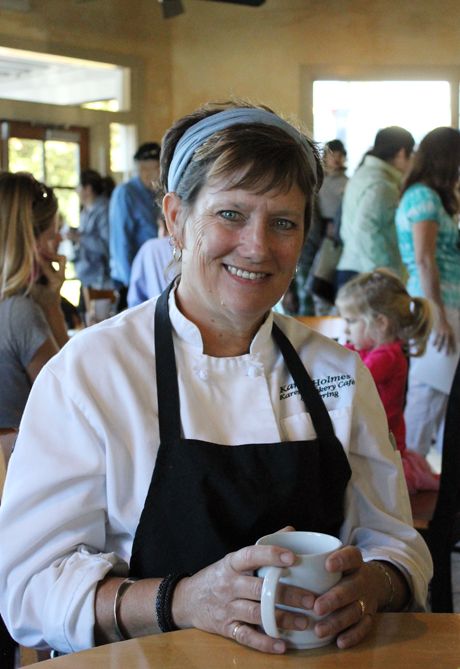
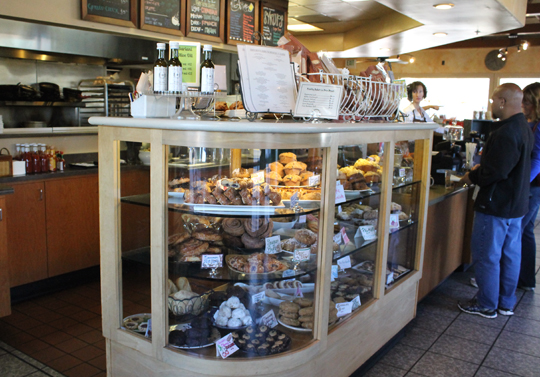
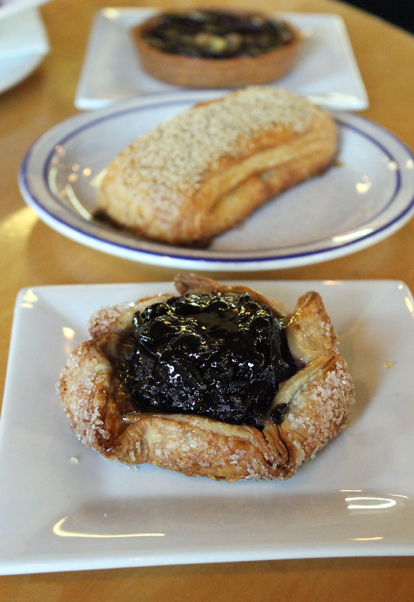
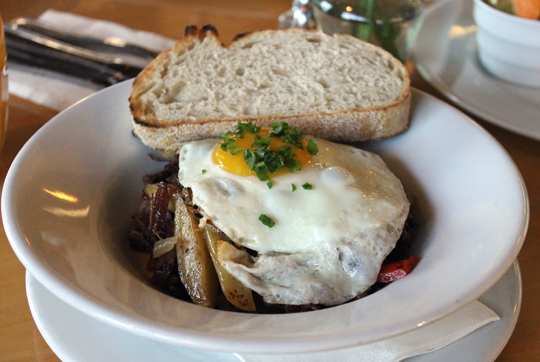
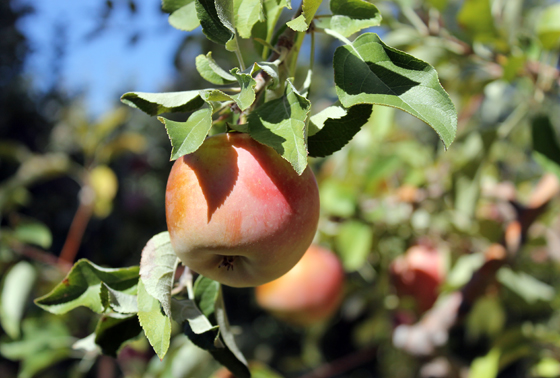
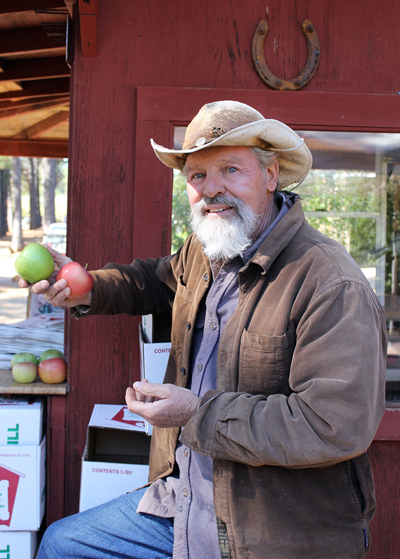
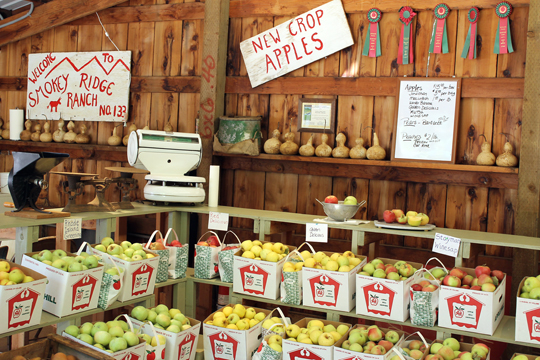
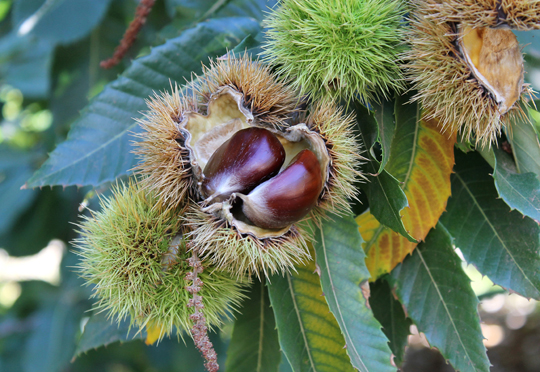
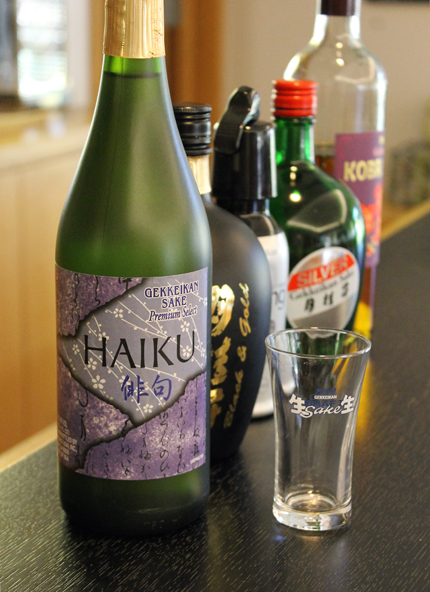
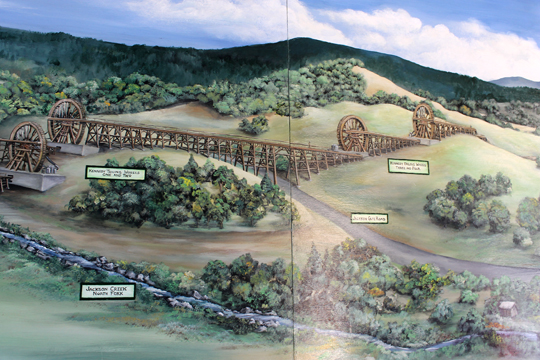
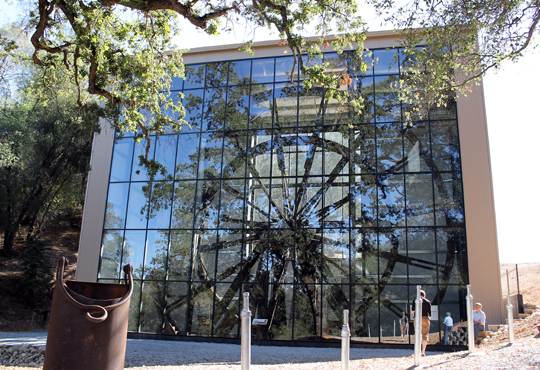
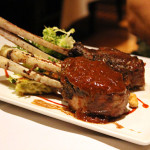
What a lovel trip you made! I would have loved to join you! Great finds & lovely places to visit & buy good foods!
Oh my goodness I love this post!! We use to live in Folsom so this has brought back such great memories! We have been to most of these places. In fact we went to pick chestnuts but they were closed the day we went. Believe it or not I didn’t know about Karen’s Bakery though. How could we have missed such an awesome looking bakery! I am really looking forward to part 2 of your trip.
Sounds like a fun trip! I had no idea you can eat chestnuts that raw.
I’ve heard people escaping to the small towns of Gold Country and I always think it’s like an old ghost town, but looks like a lot of delicious things are happening!